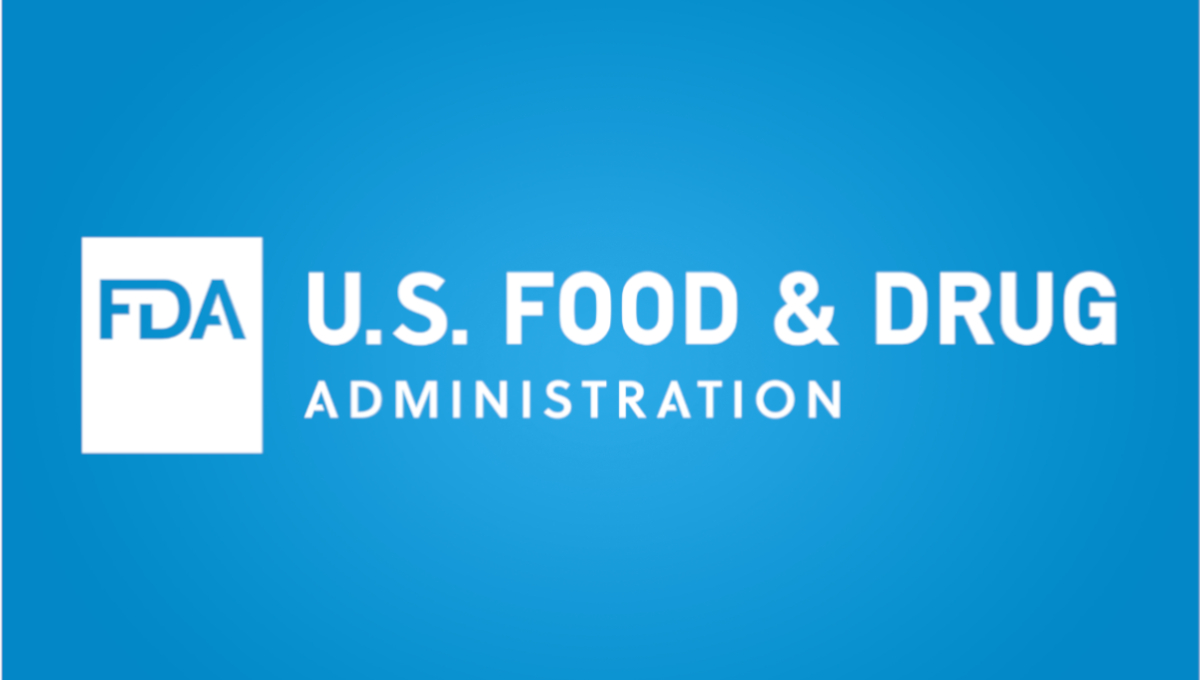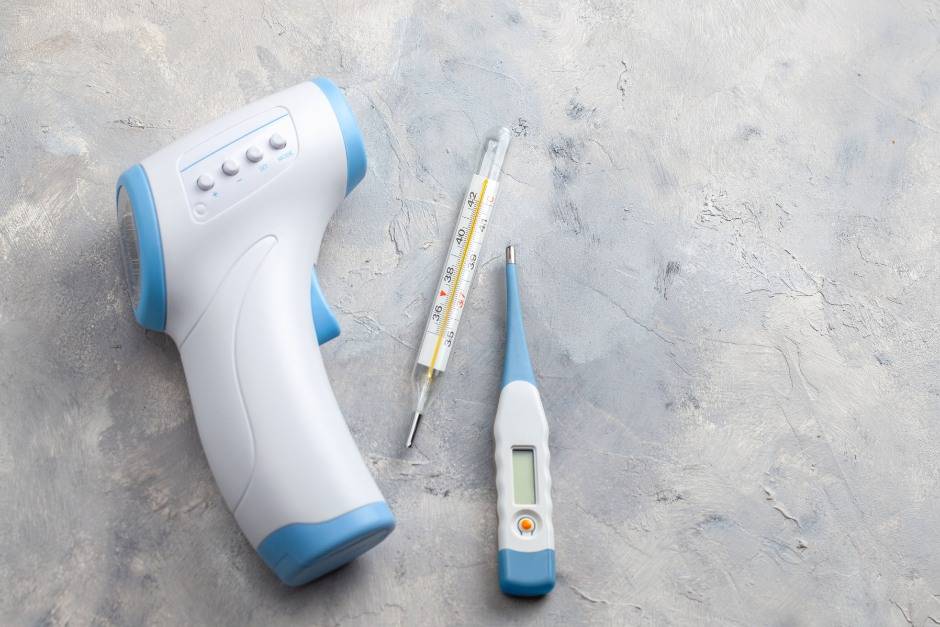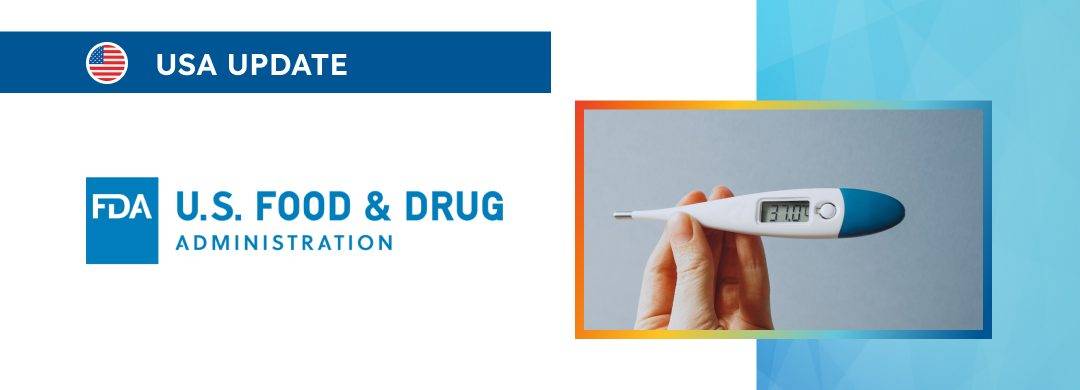The new article describes in detail the enforcement policy introduced by the authority and also highlights the key points to be considered in order to comply with it.

Table of content
The Food and Drug Administration (FDA or the Agency), the US regulating authority in the sphere of healthcare products, has published a guidance document dedicated to the enforcement policy for clinical electronic thermometers.
The document provides an overview of the applicable regulatory requirements, as well as additional clarifications and recommendations to be taken into consideration by medical device manufacturers and other parties involved in order to ensure compliance thereto.
At the same time, provisions of the guidance are non-binding in their legal nature, nor are they intended to introduce new rules or impose new obligations.
Moreover, the authority explicitly states that an alternative approach could be applied, provided such an approach is in line with the existing legal framework and has been agreed with the authority in advance.
Clinical Electronic Thermometers Functions
The FDA has historically required premarket notification, known as 510(k) clearance, for medical devices, including clinical electronic thermometers.
This process ensures that new or significantly modified medical devices are safe and effective. However, given the evolving landscape of healthcare and the push towards more flexible patient monitoring, the FDA is adopting a more flexible approach for clinical electronic thermometers that have been previously cleared.
The FDA indicates that it will exercise enforcement discretion for modifications to such devices that don’t pose an undue risk to patients.
This includes changes in indications for home use or alterations in hardware or software to enhance remote monitoring capabilities.
The enforcement discretion is dependent on the device meeting certain performance criteria and labelling requirements.
The policy described in the present guidance is designed to facilitate the adaptation of healthcare technology to a more patient-centric, remote model without compromising patient safety.
For devices entering the market without previous 510(k) clearance, the FDA is providing a pathway for distribution and use that bypasses the traditional premarket notification process, provided these devices do not present an undue risk.
This is under the condition that they meet specific performance and labelling criteria.
In addition, the FDA is offering a 180-day grace period from the issuance of this guidance for manufacturers of these devices to achieve compliance with certain regulatory requirements, including reporting corrections and removals, registration, listing, and UDI requirements.

Clinical Electronic Thermometers with Telethermography or Continuous Temperature Measurement Functions
For thermometers with advanced features such as telethermography or continuous temperature monitoring, the FDA is taking a similar stance as with basic clinical thermometers.
If these devices have been modified for home use or to enhance remote monitoring capabilities, the FDA will not object to their continued distribution and use, given certain conditions are met.
According to the guidance, one key condition is that a premarket notification must be submitted and accepted by the FDA within 180 days of the guidance issuance.
During this period, and until the FDA takes final action, the devices may be distributed without meeting all UDI and labelling requirements.
Once the FDA completes its review and takes final action, manufacturers must comply with all legal requirements, including registration and listing information updates, UDI, and labeling requirements. The 180-day transition period is to ease manufacturers into full compliance with the updated regulations.
The FDA policy for non-510(k)-cleared thermometers with advanced functions is similar to the one applied for basic thermometers. These devices can be distributed without a 510(k) submission if they do not create undue risk, a premarket notification is submitted within 180 days, and the FDA has not yet taken final action on that submission.
During the 180-day period and while under review, these devices are also exempted from certain regulatory requirements, such as reports of corrections and removals, registration, and listing and UDI requirements. After the FDA’s final action, full compliance with all legal requirements is expected.
Disposition of a Device
For manufacturers who decide not to continue distributing a device within the scope of this guidance, the FDA encourages proactive engagement through the Q-Submission Program to discuss specific circumstances, including the disposition of already distributed devices.
This engagement intends to ensure that manufacturers navigate the regulatory landscape effectively and that the devices in the market are managed appropriately.
Conclusion
In summary, the updated enforcement policy is intended to establish a proper balance between fostering innovation and maintaining patient safety.
By allowing certain modifications without requiring a full 510(k) submission, the FDA is recognizing the changing healthcare environment where remote monitoring and home care are becoming widely used.
This approach is intended to support advancements in healthcare technology while still ensuring that devices are safe and effective for patient use.
For manufacturers, the new policy requires a thorough understanding of the risks associated with device modifications and a commitment to meet performance and labeling standards.
The 180-day transition period provides a window to adapt to these changes and ensure that regulatory requirements are fully met in due course.
How Can RegDesk Help?
RegDesk is a holistic Regulatory Information Management System that provides medical device and pharma companies with regulatory intelligence for over 120 markets worldwide. It can help you prepare and publish global applications, manage standards, run change assessments, and obtain real-time alerts on regulatory changes through a centralized platform. Our clients also have access to our network of over 4000 compliance experts worldwide to obtain verification on critical questions. Global expansion has never been this simple.

